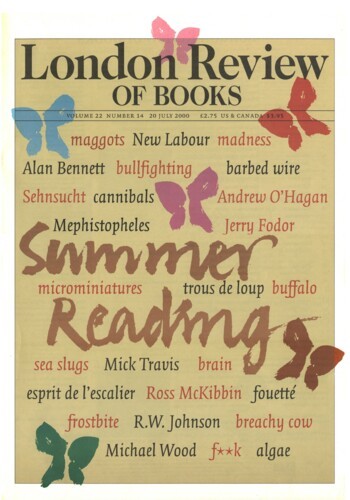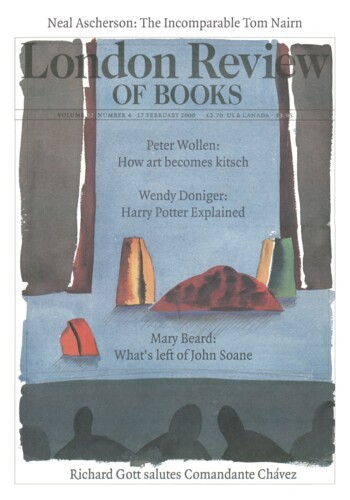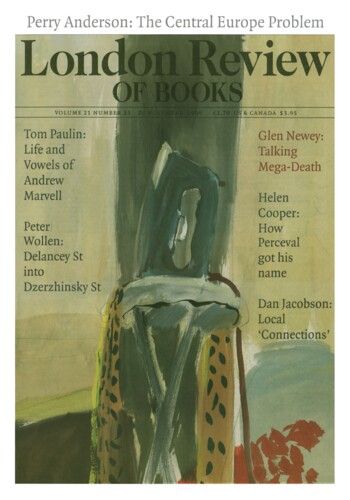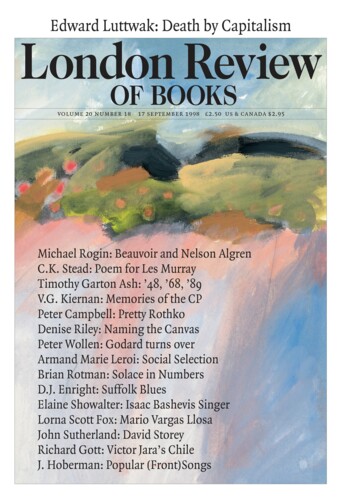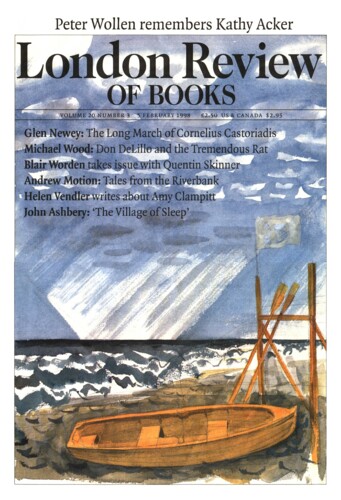Scaling Up: At Tate Modern
Peter Wollen, 20 July 2000
The first breakthrough in the transformation of the South Bank of the Thames came in 1951 with the Festival of Britain, which established this stretch of riverside as a public space, and brought in its aftermath the Festival Hall, the National Film Theatre and, on the other side of Giles Gilbert Scott’s Waterloo Bridge, the new National Theatre. The next came in 1977, with the foundation of the Coin Street Action Group when, reacting against a decline in public housing and the proliferation of office blocks, the inhabitants of the area to the east of the South Bank Centre began to organise to defend their homes. In 1984, with support from Ken Livingstone and the GLC, they fought off the property developers, founded housing co-operatives and opened up the area around what are now Bernie Spain Gardens and the converted Oxo Tower Wharf, thus lengthening the Thames Path, so that eventually there would be pedestrian access all the way to Blackfriars Bridge and beyond, to the new Globe Theatre and now, of course, to the old Bankside Power Station – also the work of Giles Gilbert Scott – or Tate Modern. After my second trip to this astonishingly successful museum, I walked back across the slightly swaying Millennium Bridge towards St Paul’s and, looking back towards Bankside, I began to think about the life and work of Hagop Sandaldjian.’
